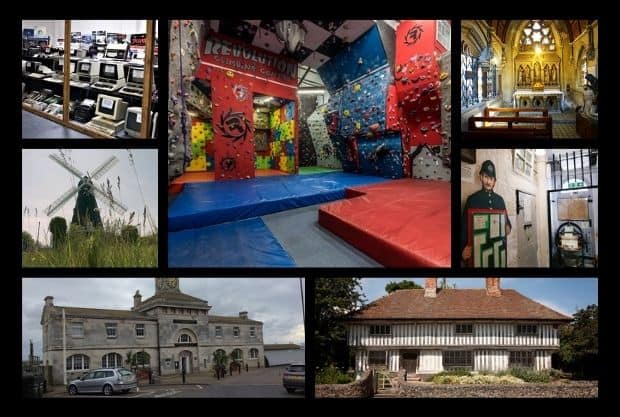
Thanet has a wealth of attractions to visit. Residents and tourists are likely to head to one of the isle’s 16 beaches and bays but if a day on the sands is not for you, there are plenty of destinations with history, play, wildlife and more on offer.
Here are seven more gems on our doorstep hoping to welcome you as the school holidays begin:
St Augustine’s Ramsgate
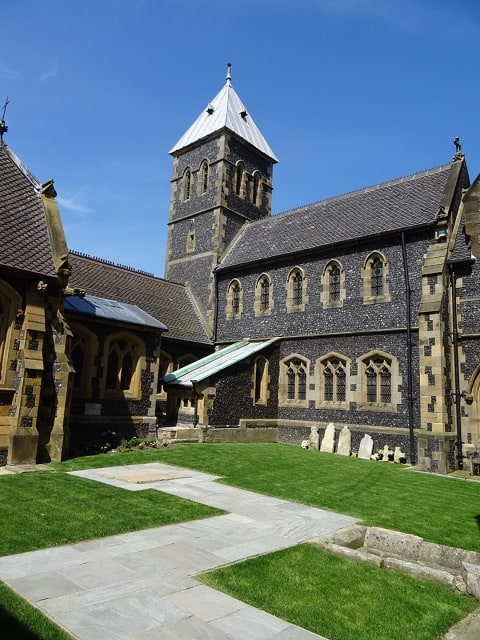
Open 12pm – 3.30pm daily except Sunday
The famous Gothic Revival architect Augustus Pugin (designer of Big Ben and the interior of the House of Lords) built this church next to his house. It has been recently restored with a new Visitor Centre containing screens telling Pugin’s story. There is an exhibition of Pugin’s designs for altars, church vessels and vestments. Have you ever wondered what ‘Gothic’ means? A visit to St Augustine’s will give you the answer.
The other story told in this building is St Augustine’s who landed at nearby Pegwell Bay to preach the Christian faith to the pagan Anglo-Saxons of Kent.
There is a virtual tour accessed via your mobile which will take you round the church with stops at the main features. Each stop has an information caption. You will be able to hear some Gregorian Chant which St Augustine brought to this country.
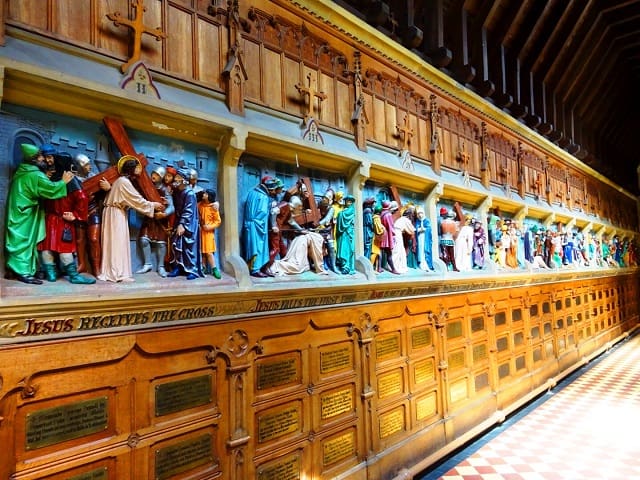
In the Garth outside there are gargoyles and grotesques. Do you know the difference? Within the church see the font with a steeple on top and lots of beautiful stained glass. Follow St Augustine’s mission in the stained glass above Pugin’s effigy and find out where he and 30 members of his family are buried.
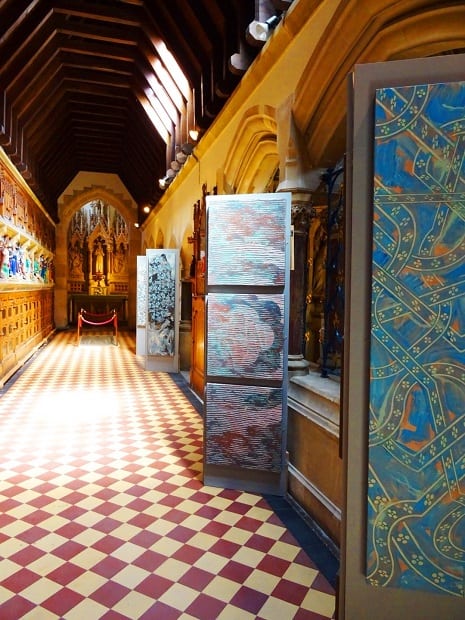
End your visit sitting in a Pugin designed chair next to the beautiful Pugin reliquaries and Pugin funeral hatchment (just restored) while watching informative films about his life and that of St Augustine. And don’t forget to visit the shop with lots of Pugin and St Augustine themed goodies.
No admission charge but donations welcome.
Margate Museum
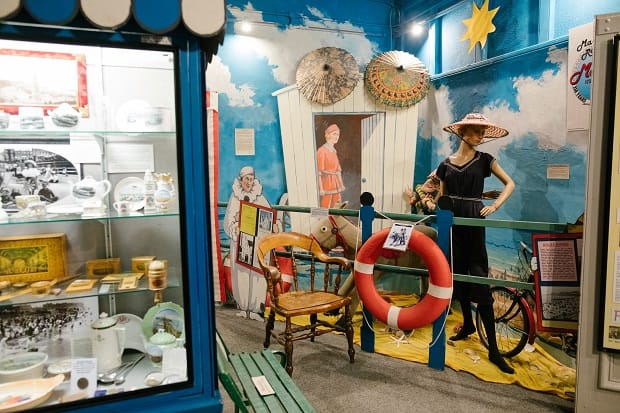
If you’re wandering through Margate’s vibrant Old Town, look out for Margate Museum, which is in a Grade II listed building, a unique example of a Victorian Police Station and Magistrates Court, boasting many original features.
It is a fascinating place which displays an eclectic history of the seaside town of Margate over the past 5,500 years.
The cells and Magistrates Court hold a unique collection of Margate history, including that of the Borough Police from 1857, sea bathing and bathing machines, the 1815 arrival of Paddle Steamers, Cobb’s Brewery & Bank, Punch & Judy (that’s the way to do it), and donkeys on the beach.
There are exhibits about Margate in wartime, Roman-British history, Dr. David Jarvis’ Wooden Jetty of 1824 and Eugenius Birch’s Iron Jetty of 1857. There are many unique examples of paintings, prints and engravings which show the growth of the village of Meergate into the town of Margate.
Set over two floors, the museum is also home to the Rowe Collection, Parker Bequest, Old Margate Borough Collection, pictures, prints, engravings, Civic Paintings, home to the Sunbeam Photographic Collection and The Beautiful Cobb Cabinet.
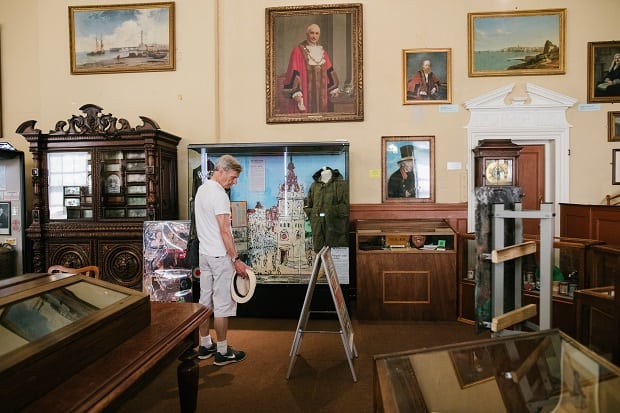
Interesting fact – one poster from 1926 highlights to potential visitors that, on selected days, they can purchase a cheap day return from one of London’s piers to Margate, travelling on the magnificent saloon steamer Royal Sovereign, for just 8 shillings. That would be around £15.68 today!!
It is planned that the museum will reopen on Saturday 31 July, weekends only, from 11am to 3pm.
The museum offers great value for money with ticket prices just £2 adult, £1.50 concessions, accompanied children up to 16 free. There is also a joint ticket with Tudor House for £3.
Further information on www.margatemuseum.org or call 01843 231213
The Ramsgate Maritime Museum
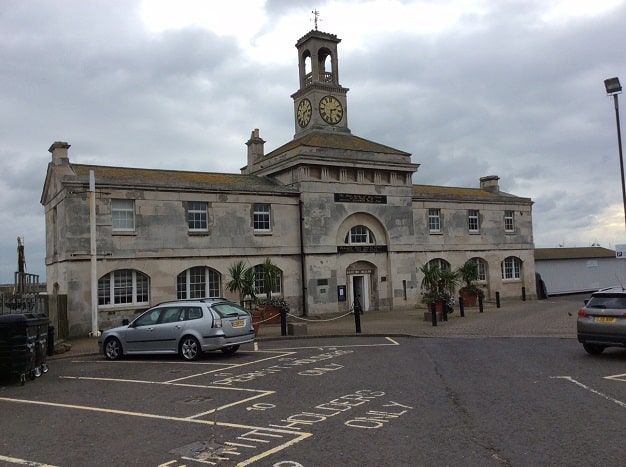
Situated in the Clock House on the quayside at Ramsgate Harbour, the Ramsgate Maritime Museum focuses strongly on Ramsgate and its immediate environs, with a brief introduction to the rest of the region’s maritime past.
Set in the heart of the country’s only Royal Harbour, the museum building is Listed Grade II* and is an exhibit in its own right, being the product of some of the most eminent civil engineers and architects of the early 19th century.
The Clock House is also the site of the unique Ramsgate Meridian – from which our own particular Mean Time – 5 mins 41 secs ahead of Greenwich- was calculated!
The museum is staffed by volunteers from The Ramsgate Society <www.ramsgate-society.org.uk> and is open Wednesday to Sunday inclusive from 11am to 4pm to October 3. Access is limited around the museum due to the historic nature of the building. Toilet facilities and parking close to the site.
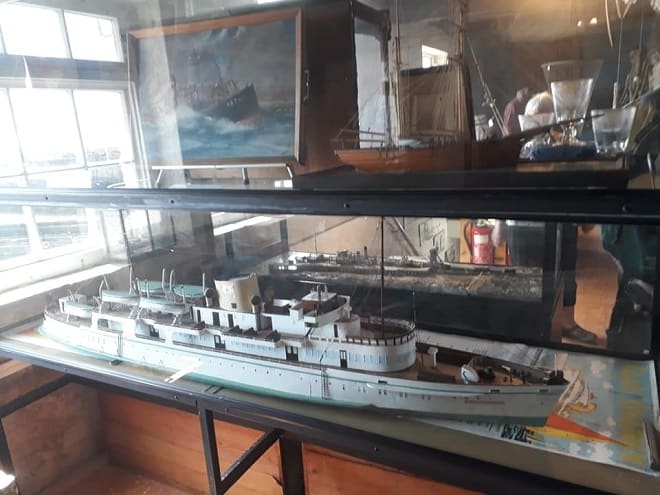
There are four galleries of exhibits telling the maritime history of the area with permanent displays on the development of the Harbour, Navigation, Fishing, Lifeboats and Shipwrecks.
A fifth area, the Gallery Room, is now an exhibition space which is host to ever changing displays and events, including visiting local artists at work. Please see the homepage for information on current and forthcoming exhibitions.
The nearby Goodwin Sands have yielded an important collection of artefacts from the Great Storm Wrecks, principally from the wreck of Stirling Castle (a 70 gun, 3rd rate, Man of War). Weapons, utensils and ship’s gear provide a chilling insight into life and death aboard a British Warship in 1703.
Tudor House
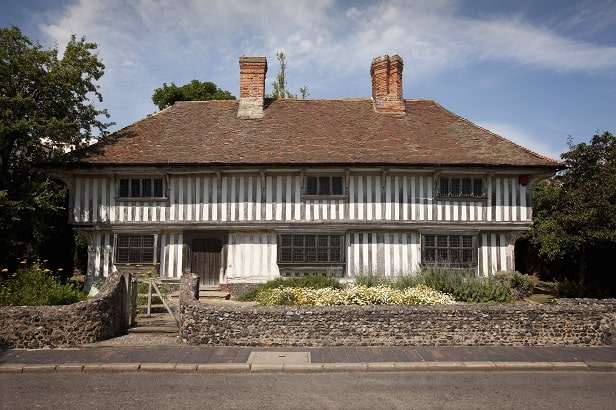
The oldest building in old Meergate, the Tudor House was built in 1525 and is a unique example of a ‘transitional house’ – bridging the gap between the medieval open-hall and early-modern houses with two storeys throughout. The building was clearly of high status with distinctly showy features, including close studding and oriel windows. Many of these features were advanced for their time, including glazed windows and two chimneys at a time when one would have been noteworthy. The plaster ceiling is a later addition and has beautiful Tudor roses, dolphins, pomegranates, fleurs-de-lis with a frieze from 1610-1625 with Prince of Wales feather pattern.
Over the years, the building has been home to Master Mariners, Flemish weavers, Cordwainers, and farmers. A 1776 map shows a sizable farmyard surrounding the dwelling, including a malthouse which still exists to the rear, built to make Barley Beer. Much of this land was subsequently sold off and the building divided into three by 1837.
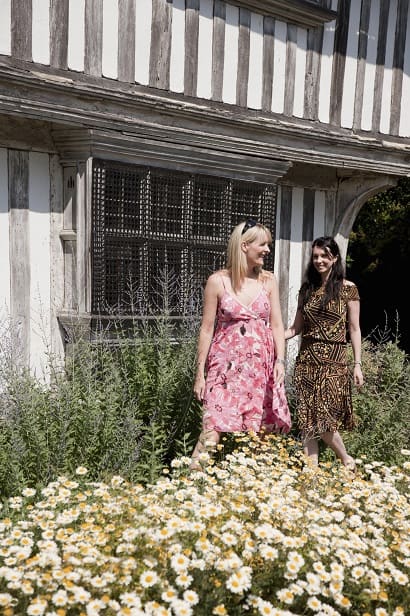
The remaining site was purchased by the council in the late 1930s as part of a slum clearance scheme, and it was due for demolition before a local builder spotted the Tudor beams and alerted the Mayor, Alderman Cllr Claude Hosking. He funded the restoration, which was completed in 1951, using mostly Tudor construction methods and materials. The House was Grade 2* listed in the same year.
Tip – when visiting take time to look at the beautiful gardens, lovingly restored with a Tudor Knot garden and box hedge squares with climbing plants on frames. These are lovingly tended by volunteers.
Guided tours are offered to visitors during opening times.
Tudor House is due to reopen on Saturday 31 July, weekends only, from 11am to 3pm.
Prices are £2 adult, £1.50 concessions, accompanied children up to 16 free. There is also a joint ticket with Margate Museum for £3.
Further information on www.margatemuseum.org (shared with Margate Museum) or call 01843 227996
Draper’s Windmill, St.Peter’s Footpath, Margate
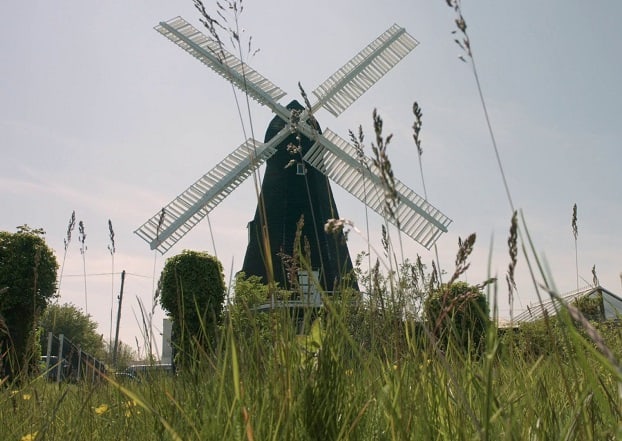
Draper’s Windmill stands on a ridge at the back of the town, near the QEQM hospital, and has been overlooking green fields and the Cliftonville skyline for more than 170 years.
Built by millwrights Holman’s, of Canterbury, c1850 and recently having undergone extensive repair following its initial restoration 50 years ago, Drapers is Thanet’s sole remaining working windmill.
The ground floor (up a few easy steps) contains displays, a museum, cctv and a film to view. For more agile visitors a guided tour can take you up to right below the cap (unless machinery is operating).
It also has a 100 year old Crossley gas engine.
If you are local and want to control the power of the wind, and mill the grain, training is available for new recruits!
To book a visit, contact [email protected] or 07985147563
Or call in when passing – a tour may be possible at short notice.
Revolution Skatepark and Climbing Centre plus Skate and Surf shop
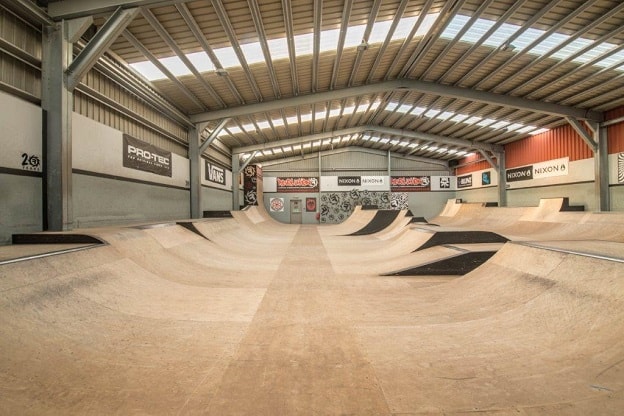
Revolution is the jewel in the crown of Thanet when it comes to extreme sports. In its 24th year Revolution boasts a world class skatepark spread over three warehouses and a fantastic climbing centre too. The skatepark is suitable for all abilities of skateboarders, scooterists, skaters and bikers. Sessions are two hours long and priced at £9pp. Equipment is also available to hire or buy and they even offer loads of skateboard and scooter lessons as well.
The climbing centre is a bright vibrant space which caters for climbers of all levels and has many different bouldering walls plus some roped walls reaching up to over 9 meters high. They offer different packages to climbers including bouldering, roped climbs and even abseiling. These sessions are 1.5 hours long and start at £9pp.
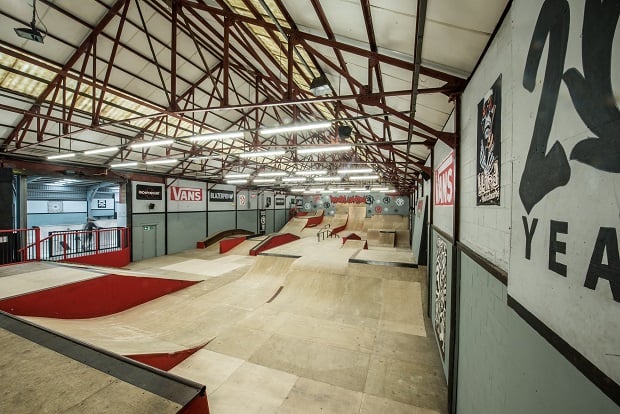
Alongside these facilities is a huge skate, surf and climb shop, the finest of its kind. Spectators can watch from comfortable spectating areas and refreshments are available as are lockers and ample car parking,
All in all the facilities are second to none, the staff are brilliant and friendly and it is well worth a visit whether you are a complete beginner or a seasoned pro.

Everything they offer including opening times and booking can be found online at www.revolutionskatepark.co.uk
Or for further info you can call them on 01843 866707
Did you know Revolution Skatepark has been used many times for national skateboard and scooter competitions and Demos?
The Micro Museum – Closed, but still there!

When the pandemic first struck and stopped the owners opening The Micro Museum in Ramsgate, Mike and Carol Deer and their team of volunteers and friends decided that if people couldn’t come to visit, they would have to find a way to take the history and fun of the museum to them. So, they set to work making a series of videos for the museum’s YouTube channel.
They made films about several favourite old consoles, the history of making electronic sound, early computer music, the art of games box covers, an entire series about inventor and entrepreneur Sir Clive Sinclair, and celebrated the anniversaries of Pac-man and Zelda. They shared some silliness and smiles by looking at fruity-named tech, and invited viewers to search for Easter eggs (hidden objects) which designers planted in games.
With rising Covid infection rates again, Carol and Mike feel it is unsafe to re-open the museum, so the videos keep coming. This year, the focus is on showing a series of interviews with the volunteers who tell about their own particular interests and areas of expertise, along with some of the 2021 games anniversaries. The first this year was Heroes of Might and Magic and next up, at the end of July, will be part one of a series about Sonic, who is 30 this year.
Founder Mike said: “We miss seeing our visitors but, while we can’t invite them inside our museum in real life, we hope they will take advantage of the virtual opportunities to continue to enjoy exploring our world of old technology with us.”
The Micro Museum YouTube channel can be found here https://www.youtube.com/channel/UCCDOAGVPo-WllWlfV8kHh1w
For more information on the Museum go to the website www.themicromuseum.org.

